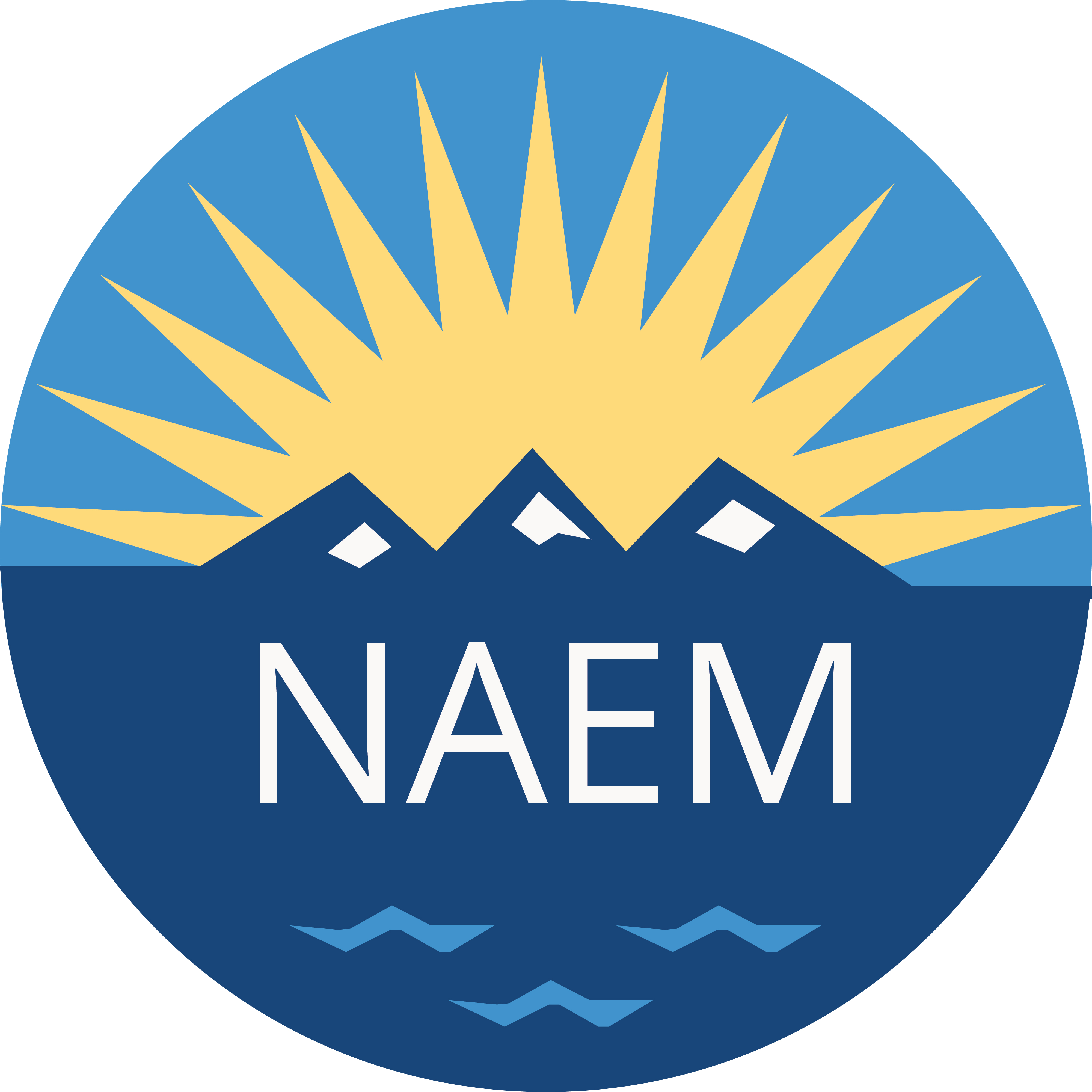Five Lessons from Building an Effective Sustainability Reporting Program at The Mosaic Co.
By Neil Beckingham, Director of Sustainability for The Mosaic Co

Sustainability reporting seems to have reached a tipping point among large, publicly held companies. According to the Governance and Accountability Institute, 75 percent of the companies on Standard & Poor’s 500 Index published a sustainability report in 2014, versus just 20 percent in 2011. This is an astonishing statistic and the underlying effort is no doubt directly associated with a tremendous amount of pain, sweat and tears from the swathe of folks pulling together these reports.
While there is ample room for improvement in the process (more to follow on that in a future post!), we’ve already learned some valuable lessons in how to build an effective reporting program at The Mosaic Co. The following are my five key takeaways based on our own experiences:
- Leadership Commitment is Vital: Senior Leadership Team support for the concepts was critical for us in the early days of starting the sustainability reporting process and collection of data. There can be some initial challenges as you assign new processes and seek data from busy employees. For those of you who are still building your program, be patient and consider enlisting the support of your organization’s full range of influencers to motivate teams and reiterate that what is being accomplished is important to the company.
- Prioritize, Prioritize, Prioritize: Tools such as materiality assessments are helpful in identifying and reporting on what’s most important to your organization and its key stakeholders. At Mosaic, we have used materiality tools to continuously improve the report and set considered expectations for data quality and reporting outputs. The payoff for this – a more readable report that is also less burden on the business to compile.
- Leveraging Existing Resources Saves Time: Where at all possible, we leveraged existing company reporting to create auditable sustainability metrics without overtaxing your organization. As example, Mosaic financial reporting already had all of the invoicing we needed for energy and natural gas usage in SAP and we simply taped straight into that! This avoided double work and made use of existing audit controls.
- Planning around Existing Deadlines Just Makes Sense: One of the activities we undertook early on was to map out when major reporting cycles and work cycles occurred in the various internal groups we were connecting with. To put another way – being mindful of existing company reporting deadlines and busy periods will lesson aggravation for all.
- Centralizing Data Improves Quality: To help us streamline the flow of data, we created a central repository for all sustainability data and reports. Data management spread over multiple platforms can be a nightmare; a single system lends to good governance and improves auditability, reproducibility and version control.

